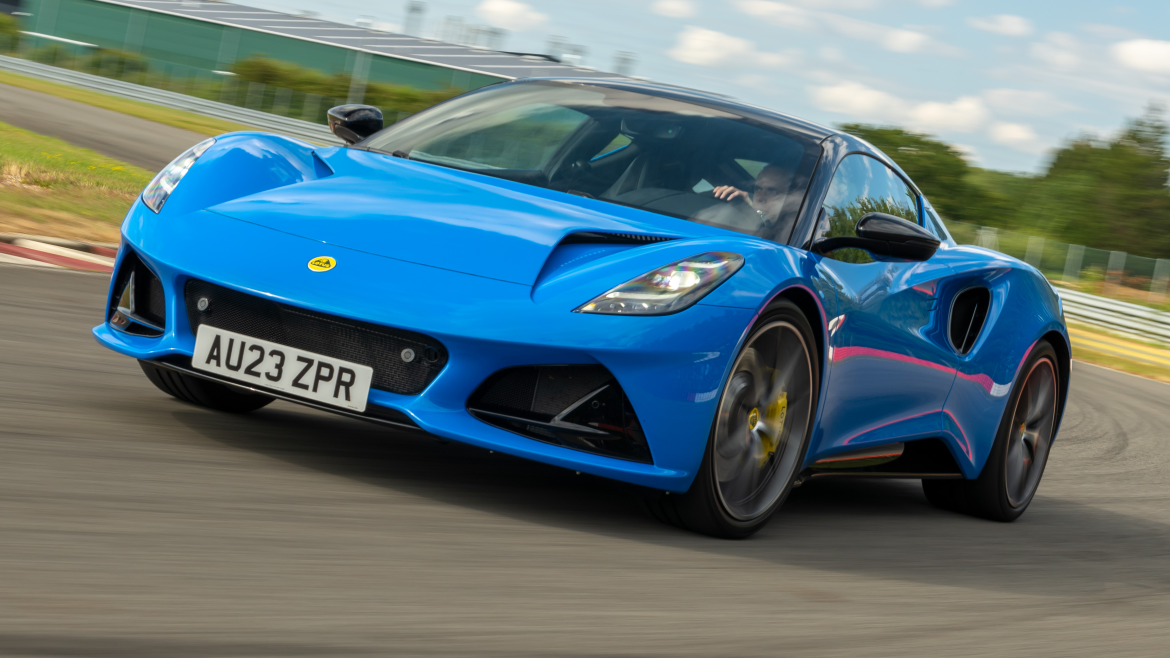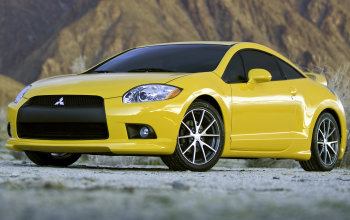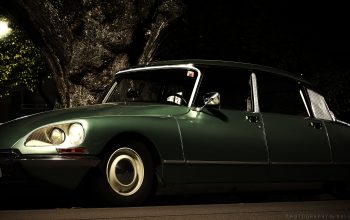How does it feel to be the last of your species, I wonder.
Back when I decided to write a large piece about the newest addition to the Lotus family, the Emira was still new. It has been a year and a half since, around March 2022, possibly because it has taken me that long to get over the fact that Emira will be the last Lotus to be powered with an internal combustion engine. Since then, other car makers have revealed a couple of gorgeous monsters with internal combustion powertrains like the new V12 Vantage and Mustang GTE to soothe the old-school petrolheads’ hearts, and show that these engines are still here to stay, at least for a little longer. Lotus, however, decided to move on from them, giving the carbon emmissions and a greener environment as an excuse to comply to their new Chinese rulers. In the end, the Emira will be the last ”proper” Lotus before the brand switches to EV-powered cars only, and here is why Lotus has destroyed their own identity with this decision. Keep in mind that unlike other articles we have written, which strictly focus on being objective and directly convey information as distilled as we can, this is more personal and in-depth while still keeping it as professional as possible.
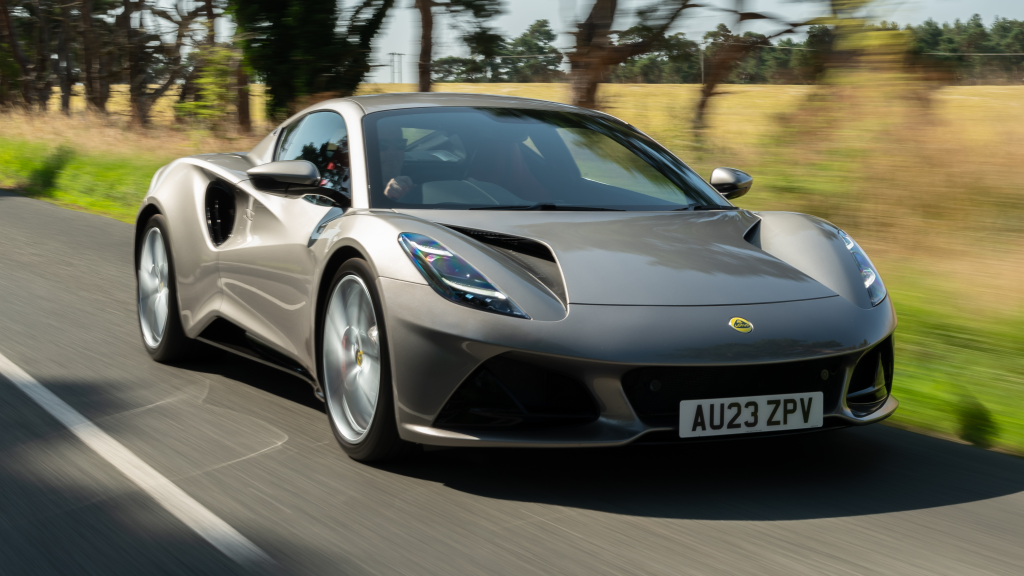
Before we begin to discuss the Lotus Emira, we have to dive in to the contemporary state of modern journalism. You see, people who do my job, testing cars and writing review articles must be passionate and eager to work on their pieces as unbiased as possible to be the most accurate towards the readers. In the pursuit of this purity, however, the emotional feedback of the tested cars on us journalists should not be excluded from the text pool. Frankly, Petroleum Motoring has not advanced to the state of testing supercars yet, but what we believe is that honest opinions should not be filtered away for the sake of strict professionalism. This is why this post has taken almost a year and a half to digest and write, because it not only includes the car, but also the way a brand has lost their way.
Keep the important bits, throw the rest away, the Lotus way.
Now, the Lotus Emira. With a solid debut back in Goodwood Festival of Speed on 8 July 2021, it immediately caught the attention of pretty much every car enthusiast, not just because of its strong specifications, but also the fact that it is intended to replace all of its sports car predecessors. While most of us petrolhead lament that it is the final internal combustion model, it surely lives up to its position of being the last of its species, as it perfectly combines the lightweight rocketship driving mechanics of the Elise, the excellent track performance of Exige with the comfort and convenience of the Evora grand tourer. Not only Emira picks up the pieces from the past, but also the future with a striking design based on Lotus’ current design language that is heavily influenced from their EV hypercar model, the Evija. Even though its production was delayed as a result of COVID-19 hammering the whole world down, Lotus customers could finally get the first taste of Lotus’ last car that would fit Colin Chapman’s principles on the last quarter of 2022 by paying a rather hefty £81,495 price tag, which is 30 grand more than a BMW Z4, but as you shall read more below, it is twice the car next to it.
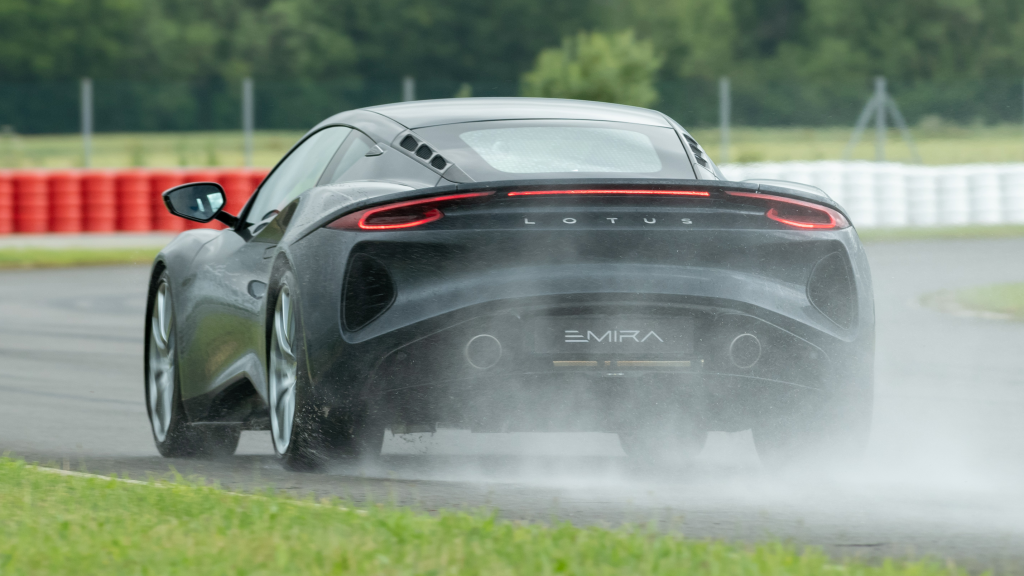
The news just kept getting better and better with the Emira. Two powertrains were confirmed for the car, a 2.0-liter M139 inline-4 from AMG and 3.5-liter supercharged 2GR-FE engine from Toyota. Apart from the fact that these engines could outlast humanity with their reliability, they also produce hefty amount of power as the inline-4 engine produces 360 HP and 430 nm while the bigger V6 pumps out 400 HP and 420 nm. So, the Emira is a powerful car, but what Lotus delivers with it to stand out from the competition? That would be the 6-speed Aisin AI manual transmission for the V6 model, which brings the decades old Lotus experience back. However, customers can also opt for a 6-speed automatic while 2.0 inline-4 engine Emiras are fitted with 8-speed DCT automatics. Thanks to all of this power, the V6 model can reach 60 mph in just 4.2 seconds and reach 290 km/h (180 mph) flatout. The inline-4 version is not too far off, either, as it can sprint to 60 in 4.5 seconds and achieve a very close 283 km/h (176 mph) top speed. As always, Lotus used lightweight parts for the body, hence it weighs 1405 kilograms (3097 lbs), which is 200 kilograms lighter than the BMW Z4. Sounds as if it can’t get any better, right? Well, while the car itself is worthy of being the last internal combustion powered Lotus, the problem is just that, the fact that it is the last one.
So, what went wrong?
Well, it is rather straightforward, really. As you know, EV cars have been on the high rise for the last decade, especially for the last 2 to 3 years. The market is getting more and more saturated with people opting for the cleaner, greener option, even though electric cars also pollute the environment through lithium mining process that is required to make the batteries for the car. Weirdly, this is never mentioned by anyone, including most journalists, fearing that they might lose their ties to the brand they are set to review. Despite its obvious dangers to the environment, electric cars now sell like hotcakes and these sales are expected to double in 5 years, and naturally, China is on the top of all these sales with their local brands replacing nearly all of their internal combustion powered cars with electric versions.
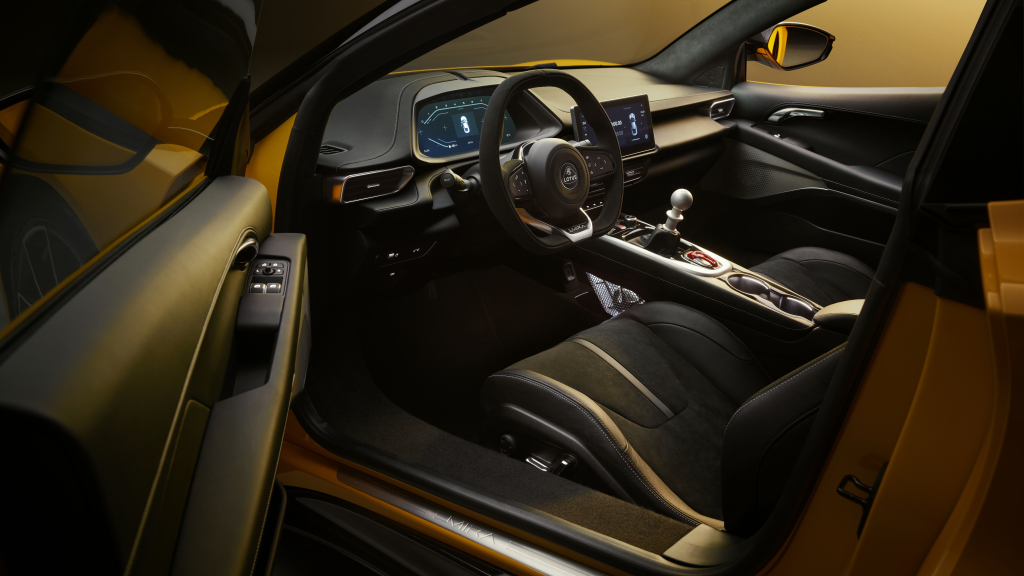
Back in May 2017, Geely, the Chinese automotive giant, bought 51% of Lotus Cars, and I think you can already see where it went. Sales of Evora and Exige were getting more and more sparse since they are purpose-built sports cars for a niche market and the environmental concerns of internal combustion engines were being brought up by the higher ups, as always. There was also a myriad of staff changes in this period, the most important of which was the introduction of Geely’s Feng Qingfeng as the next CEO of Lotus Cars, which pretty much sealed the fate of the old Lotus, resurrecting it as a majorly Chinese manufacturer hellbent on ending the old legacy of Colin Chapman and instead making unappealing and dreary electric people carriers like the Eletre and soon, the Emeya. It is safe to say that Lotus is pretty much working for the Chinese audience, killing off the ”keen track-toy driver” audience, using the Evija to preview their plans of the new Lotus era and using Emira as a pacifier for the old Lotus appreciators.
The petrolhead always appreciated Lotus for the vintage Elan Sprint and the iconic Esprit. The principle of lightness was carried forward with the Elise and Exige. This principle was taken to the extreme with the 340R, 2-Eleven and 3-Eleven track cars. Grand tourer market was introduced for Lotus buyers with the Europa and Evora. Now, however, all that is left from the past is the last successor to all of the above. It surely feels like reuniting with your old friend but realizing that they changed so much that it does not feel as intimate and honest as before. I bet that if you asked for a car journalist’s honest opinion on an Eletre personally, without any sugarcoating, most would admit that it is a visually displeasing car, no matter how well it performs. Well, with tons of electric engine underneath, it would be fast, but it will never be a real, proper Lotus, as substracting weight is not the top priority anymore. It is a shame, but the Emira allows us to savor the old days just a little longer, and this is exactly why it is one of the best cars made in the 2020’s. Farewell to all the Lotus built for lightness and pure speed, you will be missed dearly.

